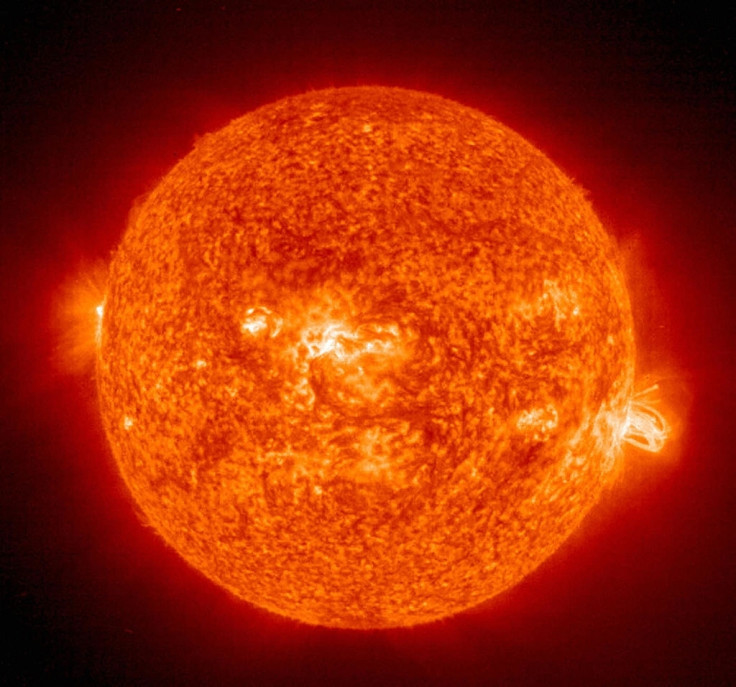Scientists find evidence of rare solar storm that could destroy internet
The planet has been hit by at least six extreme radiation events in the last 10,000 years.
A new study by researchers has revealed that rare "radiation storms" could destroy power grids, telecommunications, and the internet on Earth.
According to the study published in "Proceedings of the Royal Society A: Mathematical and Physical Sciences," there is a 1% chance of this happening in the next decade.
These events are called "Miyake events," named after the Japanese scientist who first discovered them. The scientists analysed tree rings because they can capture carbon fallout from radiation storms that hit the atmosphere.
The tree rings help scientists find out when the tree absorbed radioactive carbon-14 which is produced when solar storms and cosmic rays interact with the atmosphere.
Scientists believe that these events are caused by "solar superflares" and could be 50–100 times more energetic than the Carrington Event, per a report in The Telegraph.
The Carrington event was the most intense solar storm ever recorded. It damaged communication networks in the Victorian era. The most recent spikes were recorded in 774 AD and 993 AD and at least one of these radiation storms lasted up to three years in 663 BC.
"Huge bursts of cosmic radiation, known as Miyake Events, have occurred approximately once every thousand years, but what causes them is unclear," said research team leader Dr Benjamin Pope from the University of Queensland's School of Mathematics and Physics.
The study says that it is unlikely that a radiation event of this scale would directly hit us, but it can certainly destroy tech infrastructure on Earth for days or for months.
"The effect on global infrastructure would be unimaginable," adds Pope. "Based on available data, there's roughly a one percent chance of seeing another one within the next decade...but we don't know how to predict it or what harms it may cause."
Some studies have blamed supernovae, gamma-ray bursts, explosions from magnetised neutron stars, and even comets. However, the true cause of these radiation storms is still unknown.
"To pin down what exactly happens in these events, we will need more data to give us a better picture of the events we already know about," says Pope.

© Copyright IBTimes 2025. All rights reserved.






















